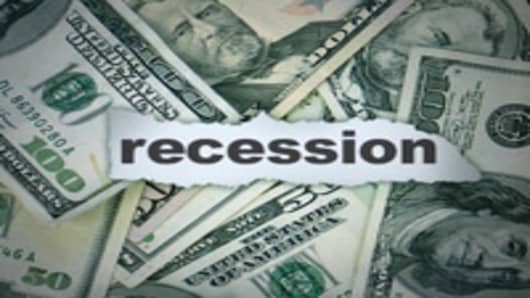The U.S. economy grew at a rate of 2.4 percent since the second half of 2009, which hardly represents a comeback, Stanford University economics professor Ed Lazear said Wednesday.
“The problem is, this is not a recovery at all,” he said on CNBC’s “The Kudlow Report.” “We haven’t made up for the lost ground, and that’s unprecedented.”
Lazear, who also chaired President George W. Bush’s Council of Economic Advisers from 2006 to 2009, authored a Wall Street Journal op-ed piece this week, titled, “The Worst Economic Recovery in History,” in which he used historical data to argue that the current period of growth is anemic at best.
In the article, Lazear writes: “The Great Depression started with major economic contractions in 1930, ’31, ‘32 and ‘33. In the three following years, the economy rebounded strongly with growth rates of 11 percent, 9 percent and 13 percent, respectively.”




